1. Naples, Florida
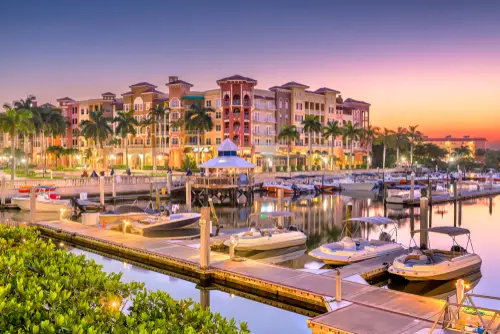
On the surface, Naples seems like the perfect, quiet retirement retreat—sunny beaches, golf courses, and a calm vibe. But once you move in, traffic surges, tourist crowds swell, and you realize the golf courses are packed. Plus, property taxes and the cost of living are pretty steep for Florida, so that peaceful budget you planned for vanishes fast. It’s peaceful until your peace gets priced out from under you.
The social scene here? It’s fine if you’re comfortable with the same dinner-and-shuffleboard crowd, but it can feel cliquey. Locals joke that if you don’t already know someone, getting into that social swirl takes time. The “peaceful” air masks the fact that this is a well-oiled, self-contained retirement machine. So newcomers often feel like latecomers to a show they didn’t audition for.
2. Sun City, Arizona
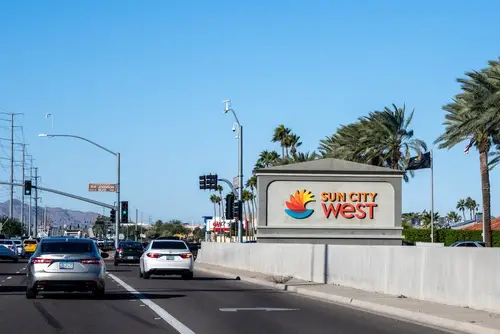
Sun City feels like a desert oasis built exclusively for retirees—golf, pools, and no pesky kids around. But get settled and you’ll meet a maze of homeowner-association rules, from paint colors to flagpoles to where your towels can dry. Suddenly, instead of liberating, you’re living under a small-town tyranny requiring a violation notice for your garden gnome. The community infrastructure presumes you’ll never age out or tire of the same offerings, which can feel isolating long term.
And while the weather might be sunny most days, summers remain brutal even indoors if your AC fails—an unpleasant surprise if you expected endless “perfect” golf-cart days. You’ll find that the monotony sets in, too—club-house life can feel repetitive; all you talk about after a while is your knee replacement or bridge game stats. It takes effort to branch out beyond the 55+ social bubble to keep things interesting. That’s the catch: you traded kid noise for HOA noise and a social echo chamber.
3. The Villages, Florida
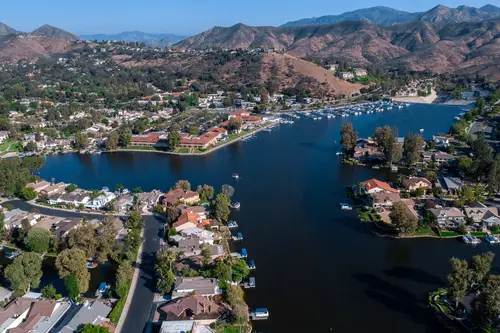
The Villages is marketed as paradise: themed parties, golf carts everywhere, and year-round sunshine. But once you move in, the sheer scale astonishes—over 100,000 residents and continuous construction mean the peace you expected is more like living in a perpetual fairground. Noise, traffic, and tourist spillover come with the territory. Also, the cost of joining clubs, event fees, and homeowner dues stacks up quick, quietly draining your retirement fund.
Social life here is relentless—but if you crave quiet mornings spent reading under a tree, your routine may not fit. It’s one big social machine, and stepping off it can make you feel invisible or worse, unsocial. And if you’re under the weather? Medical centers are there, but packed, and appointments aren’t always a breeze. The lively facade gives way to crowd-management for your social and physical well-being.
4. Sedona, Arizona
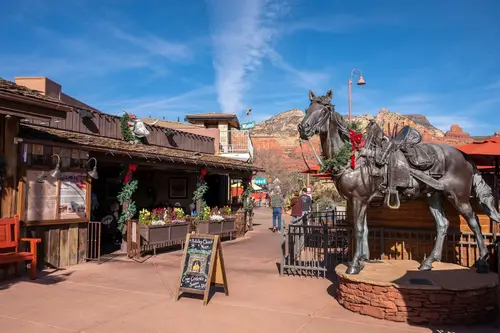
Sedona draws you in with its red-rock views, artsy vibe, and talk of spiritual renewal. But that tourist traffic is no joke—roads clog up, trails fill up, and your peaceful hikes become Instagram display zones. Housing prices continue to soar, turning retirement into a luxury for the well-heeled. And the “spiritual” scene can feel a bit performative—healers and wellness shops everywhere, but authentic community, not always.
For all its charm, local services can feel stretched—holiday traffic clogs the ER, and narrow roads frustrate even gentle drives. The art galleries and cafes are quaint—but increasingly trendy, less neighbor-to-neighbor, more tourist snap-and-go. If you’re looking for low-key local coffee chats, you may end up elbowing for space. Instead of a restful village, it’s a buzz-heavy destination that never truly sleeps.
5. Camden, Maine
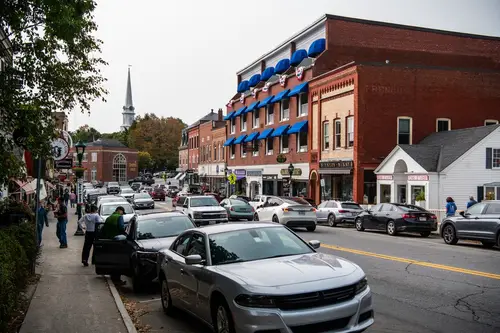
Camden looks like postcards: sleepy harbor, sailboats gently bobbing, pines all around. But in summer, those postcard scenes fill with photogenic tourists, and you can’t grab a lobster roll without crowd navigation. Winters? Harsh, long, and isolating if you didn’t come prepared, with snow-drifts that cut you off. The peaceful postcard fails to mention the steep cost of heating and snow removal for retirees.
Plus, essential services shrink off-season—grocery selection narrows, and some businesses literally shut down between October and May. You may find the bookstore or café you loved is closed for the winter. The silences turn from peaceful to eerie. So that tranquil harbor? It’s lovely until you notice winter’s grip and seasonal ghost-town rhythm.
6. Ashland, Oregon
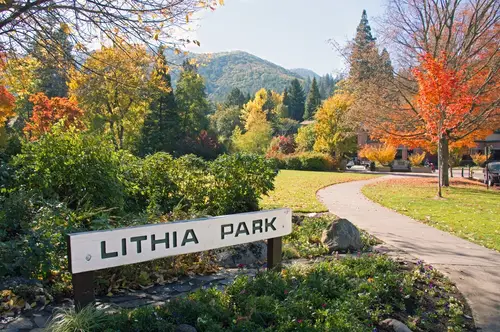
Ashland bills itself as a cultured spot with Shakespeare theater, rivers, and Mount Shasta views. But the festival crowds throng, and parking downtown becomes a strategic mission. Real estate is pricier than the idyllic Verona it tries to emulate. And arts-centric programming doesn’t always equate to neighborly care—you’re one among many culture-seeking transplants.
Rain and creek floods in winter add a damp, gloomy twist to the “green” environment. And that friendly theater crowd? Often part-time visitors, so local networks are loose. You might find yourself feeling like a part-timer in your own community. It’s a charming stage until you realize it’s not built for long-term comfort.
7. Beaufort, South Carolina
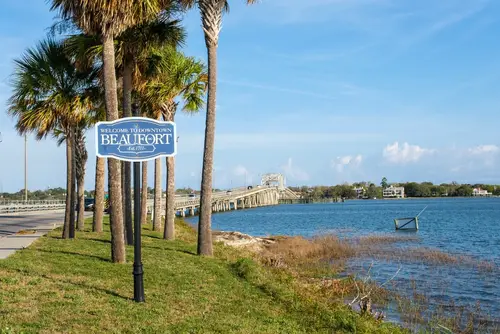
Beaufort whispers Southern charm—historic homes, marsh views, and oysters on the beach. But watch for mosquitoes, heat, and humidity that can stretch nearly year-round, and makeup melts at the drop of a hat. The historic preservation rules are tight—wanna replace a window? Permits and committees await. And medical facilities in small towns can strain in emergencies or serious care.
Boat tours and festivals bring good energy—but also noise and bumps of people that disturb the gentle lull of the waterfront. That “historic peace” can feel like being on a movie set rather than home. Locals are friendly, but without regular neighbors, the sense of rooted daily connection can drift. It’s a postcard life that hums more than you expect.
8. Taos, New Mexico
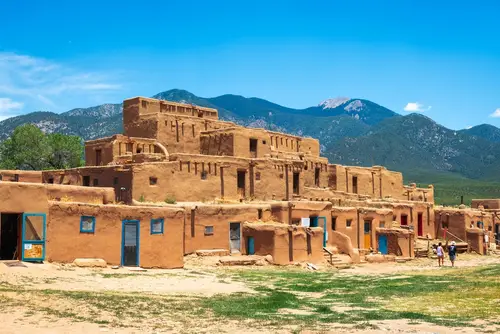
Taos offers art communities, mountain views, and adobe serenity. But the high altitude brings steep winters, road closures, and a winter-chill that tests even hardy retirees. The town draws artists and eco-visitors, which can feel vibrant… until it feels like outsiders talking, not neighbours talking. And services—especially healthcare and retail—are limited by small-town scale and remoteness.
Summer does warm things up, but tourist festivals still jam the streets. And the cultural energy skews seasonal—locals may vanish mid-off-season, leaving you alone with the scenery. Without planning, the peace may feel empty. It’s picturesque, but the pace isn’t always supportive of aging comfortably.
9. Traverse City, Michigan
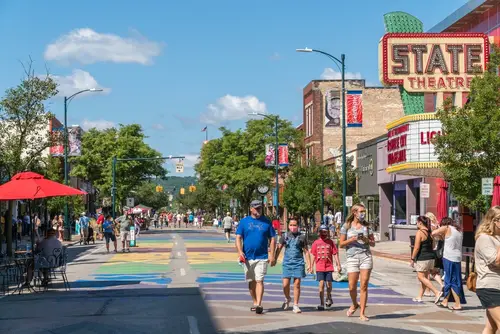
You see blue water, cherry orchards, and a peaceful lakeside escape—pure northern charm, right? But tourist season fills the towns, bottlenecks the roads, and drives up everything from lodging to groceries. Winters slam you with snow, freezing rain, and lake-effect chills long into spring. And the healthcare infrastructure can be taxed when seasonal influxes occur.
The small-town festivals you read about? Great until you’re trying to get to a doctor’s appointment and Main Street is blocked. Locals are warm, but when summer visitors flood in, regular life slows down. Between seasonal shifts, service gaps, and crowd surges, that tranquil lakeshore can feel more frenetic than restful. It’s a postcard until it isn’t.
10. St. Augustine, Florida
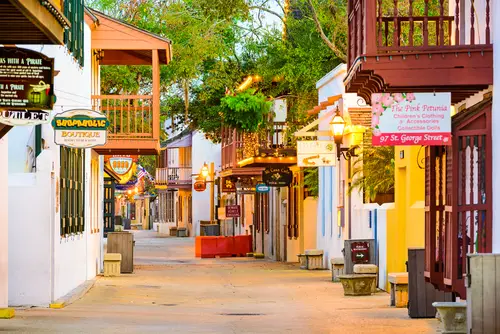
St. Augustine has the vibe of strolling through history, with forts, old walls, and cast-iron lamps. But it’s a tourist magnet—crowded streets, trolley noise, and weekend surges at restaurants. Humidity and occasional hurricanes complicate that old-town fantasy. Plus, maintaining those historic homes is a money and permit-laden project.
Think you’re buying peaceful colonial charm? Then realize you’re on a living museum with tour groups trailing you. And hurricane season brings anxiety, evacuation prep, and insurance jitters. Peace becomes a mirage when every stone you step on has a tour guide’s shadow. It’s picturesque history—just with a busy soundtrack.
11. Leavenworth, Washington
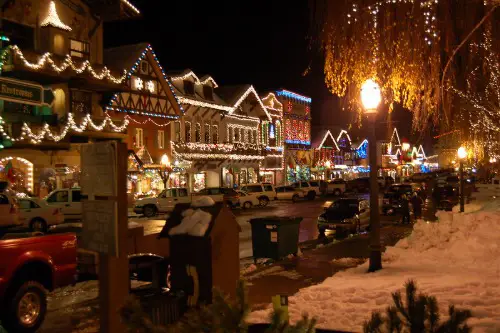
Leavenworth’s Bavarian-style village nestled in the Cascades seems storybook perfect. But vacation traffic clamps the streets, lodge occupancy stays high, and bumper-to-bumper becomes your new normal on weekends. River flooding and snow can cut you off or make commuting a chore. Themed architecture feels fun but limits serious housing investment or expansion.
You move for the alpine charm—then learn local stores operate on “tourist business hours.” Day-trippers bring noise and candy-cane kitsch, not neighborliness. And if you’re not here for tourism, your own town can feel exhibition-only. The Bavarian theme park beauty comes with a concession stand vibe.
12. Beaufort, North Carolina

Beaufort (NC) looks sleepy with waterfront docks, marsh views, and salt-air afternoons. But hurricane risk and storm surges aren’t just history—they’re a looming calendar threat. And while seafood is great, the local economy is seasonal—fishing tours and vacation rentals ebb in off-season. The roads thin out, services shrink, and waiting for a repair or medical visit can feel like waiting through a weather warning.
The slow rhythm? Peaceful until you need something now. Offline businesses in winter mean planning for months ahead. And when the storms come? Anxiety rides high even when the sea is calm. It’s a charming dockside retreat until nature reminds you who’s really in charge.
13. Saratoga Springs, New York

Saratoga Springs glimmers with mineral springs, Victorian charm, and polished downtowns. But race-week events and summer crowds turn quiet streets into boozy, traffic-jammed boulevards. Winters bring a different challenge: cold, short daylight, and the shut-down quiet of small New York towns in off-season. Real estate isn’t cheap either, especially near the historic downtown.
The cultural calendar is rich, until it isn’t—like after the festival season when theaters go dark. Locals appreciate the vibrancy, but retirees seeking year-round calm may feel the solitude loom. And that spa-town allure? It comes with a cost, both monetary and seasonal mood swings. It’s charming until the supply chain and open hours vanish with the last cherry blossom.
14. Hood River, Oregon

Hood River looks dreamy on the Columbia River Gorge—windsurfing, orchards, and scenic drives. But those strong winds that make it an athlete’s paradise can also howl through your open window at night. Outdoor-sports traffic, vineyards, and brewery tourism bump up local congestion and home prices. The Gorge is beautiful, but the atmosphere isn’t always breezy.
Waning daylight in winter and gray skies don’t forgive the chill. And service options—like grocery delivery or healthcare—can get pinched as population ebbs seasonally. Retirees seeking low-demand peace may find themselves repeating “site-to-site lines” at tasting rooms. It’s dynamic and stunning, but quietly demanding in ways you won’t see on the postcards.
15. Telluride, Colorado
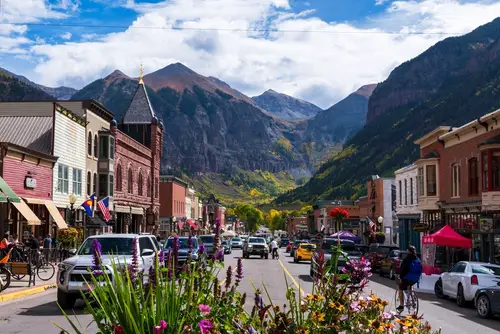
Telluride sells mountain-village romance—snow-drifts, gondolas, and mountain solitude. But ski-season rentals, travelers, and festivals crush “solitude” with lines, bookings, and altitude-induced exhaustion. Living costs are stratospheric for groceries, housing, and basic services. And winter weather can gate-keep you—creating isolation if you’re not prepared for blizzards or delayed mail.
The once-quiet main street becomes a buzz-zone full of expensive cafés and souvenir shops. Locals are friendly, but between the tourist turnover and ski-resort culture, roots take effort to grow. And don’t forget: high altitude can affect health, especially if you didn’t test yourself first. It’s alpine fairytale until you’re paying for it and weathering it.
16. Bar Harbor, Maine
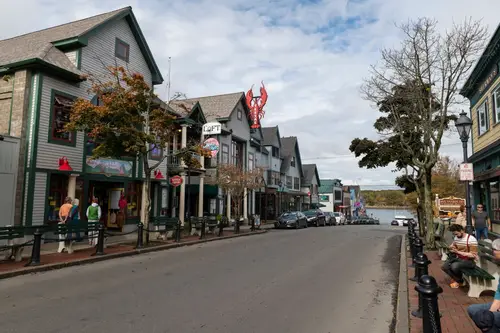
Bar Harbor presents foggy coastlines, lighthouses, and Maine-mystique. But Acadia National Park brings constant foot traffic and shuttle bus lines that wrap around town. Summer congestion is real, even on your “peaceful” morning jog. And winters bring brutal cold, business shutdowns, and feeling stranded when ferry schedules shift.
Local charm lies between seasons—catch it, and it’s idyllic. Miss the window, and you’re stuck in tourist bottlenecks or ghost-town silence. Services shrink seasonally, and driving roads are tighter than they look on maps. The quiet postcard becomes a seasonal living puzzle.
This post 16 Retirement Towns That Look Peaceful—Until You Move In was first published on Greenhouse Black.
